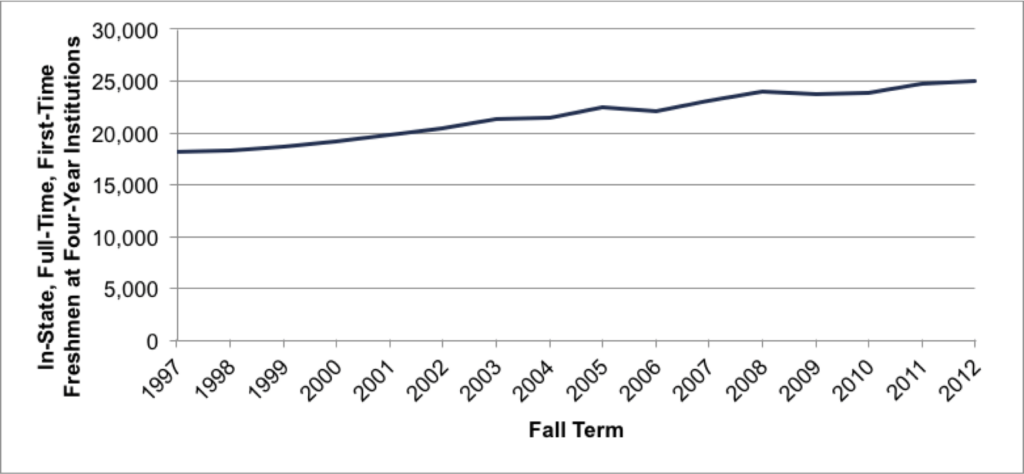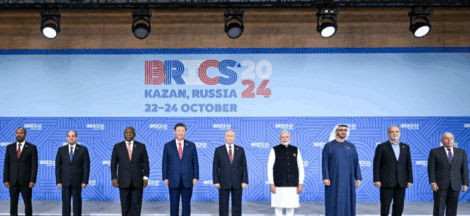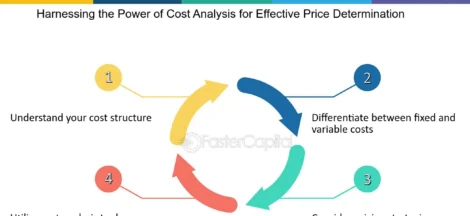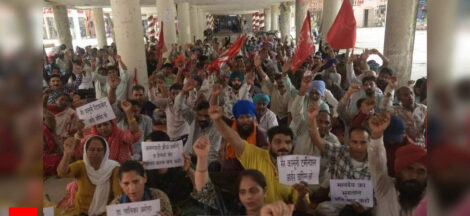By Tirthankar Mitra
Even as India aspires for inclusive growth and development, the rising cost of higher education in the country threatens to undermine this wish. Once considered a key to upward mobility, higher education is increasingly becoming out of reach to many middle class and lower middle class youth.
The cost of tuition and associated matters have escalated substantially over the past decade. The fee for an under graduate course at top private institutions ranged between Rs 1.5 lakh to Rs 5 lakh annually last year. This is indeed a steep rise from Rs 50,000 to Rs 1 lakh for the same period a few years ago. The situation is not much different in government-run universities.
Though the fees are relatively low, hostel accommodation, study materials and other incidentals add to the cost of education. This hike in cost of education comes at a time when average annual household income is far less making the parents seriously mull over the option of not opting for higher education for their wards.
Indeed sending a youth for higher education is an unenviable option for many a household. For they have to face a struggle to meet the financial demand of their children’s education. The situation has not improved owing to the non-availability of government-funded scholarships or financial aid programme. The presence of these scholarships is critical to making higher education accessible.
The presence of funding avenues like Prime Minister’s Scholarship Scheme cannot be denied. But they cover only a fraction of costs while covering only a limited number of students leaving the rest who make up the majority to opt for private loans.
Such loans burden the students and their parents taking years to repay. Last year, the National Sample Survey Office reported that nearly 27 per cent of students enrolled in higher education were forced to take loans to fund their studies.
The fallout being graduates entering the workforce with debt burdens which take years to repay. It hampers their financial freedom in the years to come. To make matters clearer, the average interest on education loans in the country ranges between 9 to 12 per cent. Borrowers from low and middle income families find it difficult to repay unless they can secure a job that is high paying.
The careers of students are shaped by the high cost of education. Every individual student has a subject he/she is passionate about. But they choose courses with higher income potential one such as medicine, law and engineering. For burden of a heavy student loan lurks at the back of their mind.
In their own way, the high interest student loans narrow down career options. It leads to lack of intellectual diversity which is detrimental to personal growth and societal progress. Time the government at the Centre acted swiftly to address rising education costs. Universities should be asked to maintain a transparent fee structure.
It should be accompanied by a slew of measures. These include capping tuition fee hike, expanding scholarship programmes and offering interest free loans to students from lower income background. Higher education in India needs to be made more affordable. The sooner it is done, the better. (IPA Service)




 New Climate Deal At COP29 Pledging $300 Billion Annually Till 2035 Is A Positive Development
New Climate Deal At COP29 Pledging $300 Billion Annually Till 2035 Is A Positive Development 